It’s still early, but Super Smash Bros. Ultimate is looking like the best Smash Bros. game ever made as we start to approach the highly-anticipated title’s release date.
Not only does this game include every character from the series (alongside a host of new additions), but it’s also packed with new stages and content that will leave any Nintendo fan salivating at the prospect of getting their hands on this title.
Even though a lot of people are excited about the new Smash Bros. title, a few questions remain: Will it be a great competitive game? Does it have everything that it needs to be played months after its release? And can it achieve Melee levels of hype to have people competing on the title for decades after its launch?
The evidence is in the presentation

E3 alone proved how much of a competitive game Ultimate is turning out to be. Nintendo introduced a bunch of mechanics that were made for a streamlined competitive experience. Such additions include the introduction of perfect shielding, directional aerial dodges, and short hop attacks, alongside other changes. Nintendo also revealed over 10,000 different balance changes that affected every character, including new abilities and variations.
The recent Smash Bros. Direct included hints that the game was looking toward a more competitive-casual audience with the introduction of Final Smash meters. This sent the community into a flurried debate over whether the meter should be allowed in future competitive play.
We doubt that Final Smashes will become an option in competitive play, but it’s good to see that Nintendo and Sora LTD are looking into the casual-competitive landscape to add additional options for every type of player.
There’s also a new option to turn off hazards, potentially opening the map pool to a wide variety of stages in competitive tournaments. Each stage has its own Omega and Battlefield variant—so if you like the look of a stage but don’t like the layout, that’s no longer an issue.
Constantly balancing the game will be Nintendo’s big test

Let’s face it, Nintendo isn’t known for its constant updating of Smash games—that’s why Bayonetta is so broken in Wii U years after she was first released.
There’s cause to be excited, however, if we look at Nintendo’s other titles like Splatoon 2, where the development team has been constantly updating the game over the past few months. They’ve added new stages, balanced weapons, and overall made sure that the gameplay experience is fair for competitive players.
If Nintendo can do the same with Smash, constantly bringing out balance updates months or years after its release, then it could have a thriving competitive community where the meta shifts and evolves. This would force players to dip their hands into other fighters to come out on top or work out new strategies for their mains to keep them relevant.
Again, this comes down to Nintendo, though. Let’s just hope that any potential final balance update for Ultimate doesn’t leave us with another Bayonetta situation.
What will define it?

Some of the biggest factors that could affect this game’s time in the competitive spotlight come from a variety of different sources.
The fans and players, for one, are a major component of any competitive game achieving success. If you don’t have a high number of players competing and if the fans aren’t interested in watching the game, then the title isn’t going to take off or grow an audience.
Nintendo and event organizers also need to actively support tournaments, major or grassroots, with sustainable investments and prize pools for the scene to take off.
Evo 2018 acted as a big insight into the small prize pools that the Smash Bros. players compete for. TSM’s William “Leffen” Hjelte earned around $8,000 for winning the Melee finals at this year’s event in comparison to the $26,000 won by Problem-X in the Street Fighter portion of Evo.
A greater cash prize will bring more interest. But the support of the game from organizers and esports teams, as well as the infrastructure for the players, needs to be there to make a sustainable ecosystem for the game to flourish in.
But how does it play?

Ultimate plays like a Smash Bros. game—there really isn’t much to go on other than that.
If you’ve used someone like Snake from Brawl or Young Link from Melee and you’re itching to see how these characters play since they were last in a Smash game, then rest assured—they all play the same as they did in the past.
We tried out a handful of characters during our time with the game, including newcomers Ridley and Inkling, and each one had their own weight, speed, and power that differentiate them from the rest of the cast.
Link, for example, is one of our mains and he still feels heavy when thrusting his sword down for an attack. The changes to his bomb mechanic, where you now have to manually blow it up, took some getting used to. But this also gave us another way to recover from a deadly fall or set up a new interesting combo.
So don’t worry, Smash fans—your favorite characters are still the fighters you know and love. And they’ll be waiting for you on Dec. 7 when Ultimate is released exclusively for the Nintendo Switch.



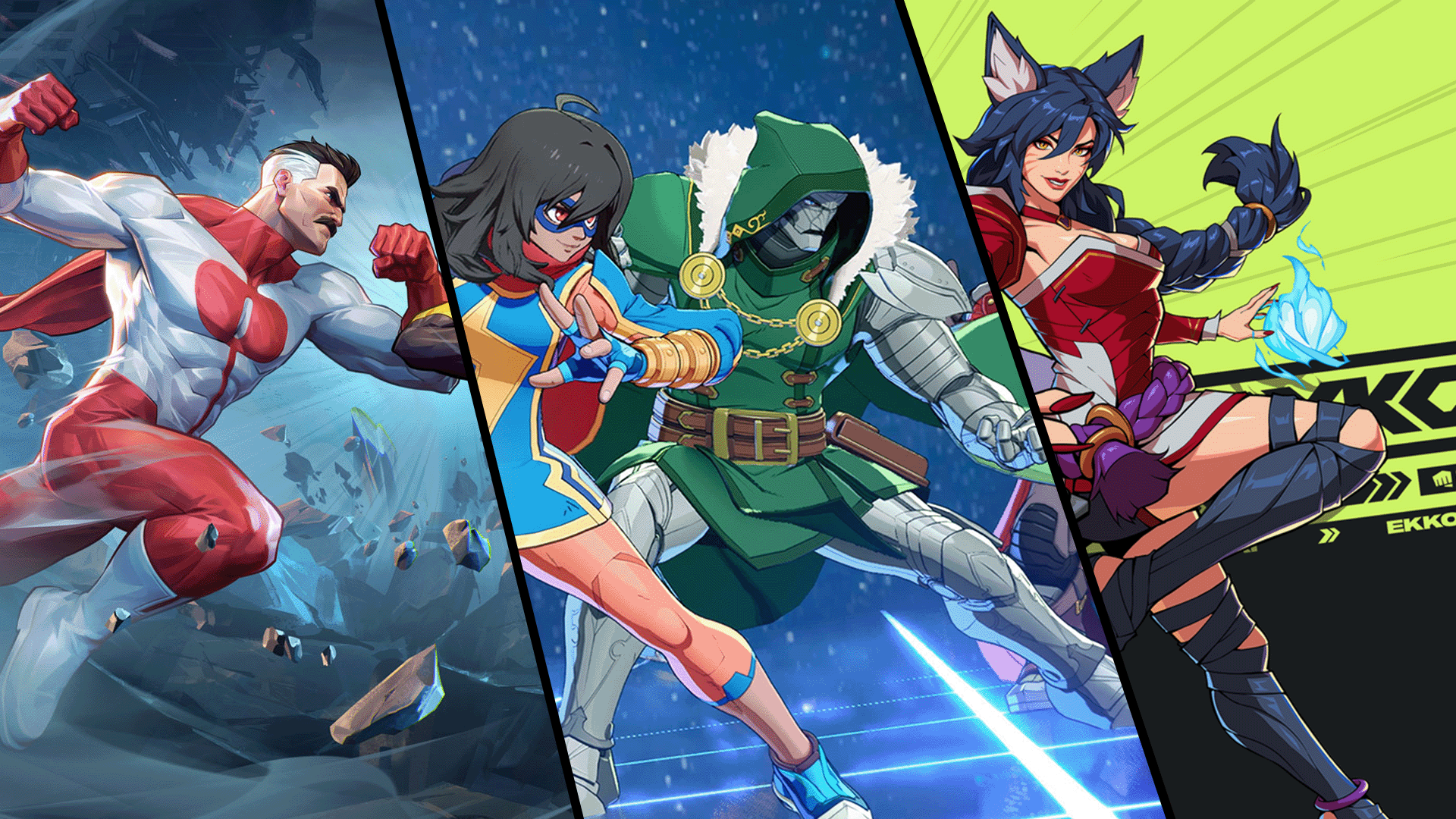
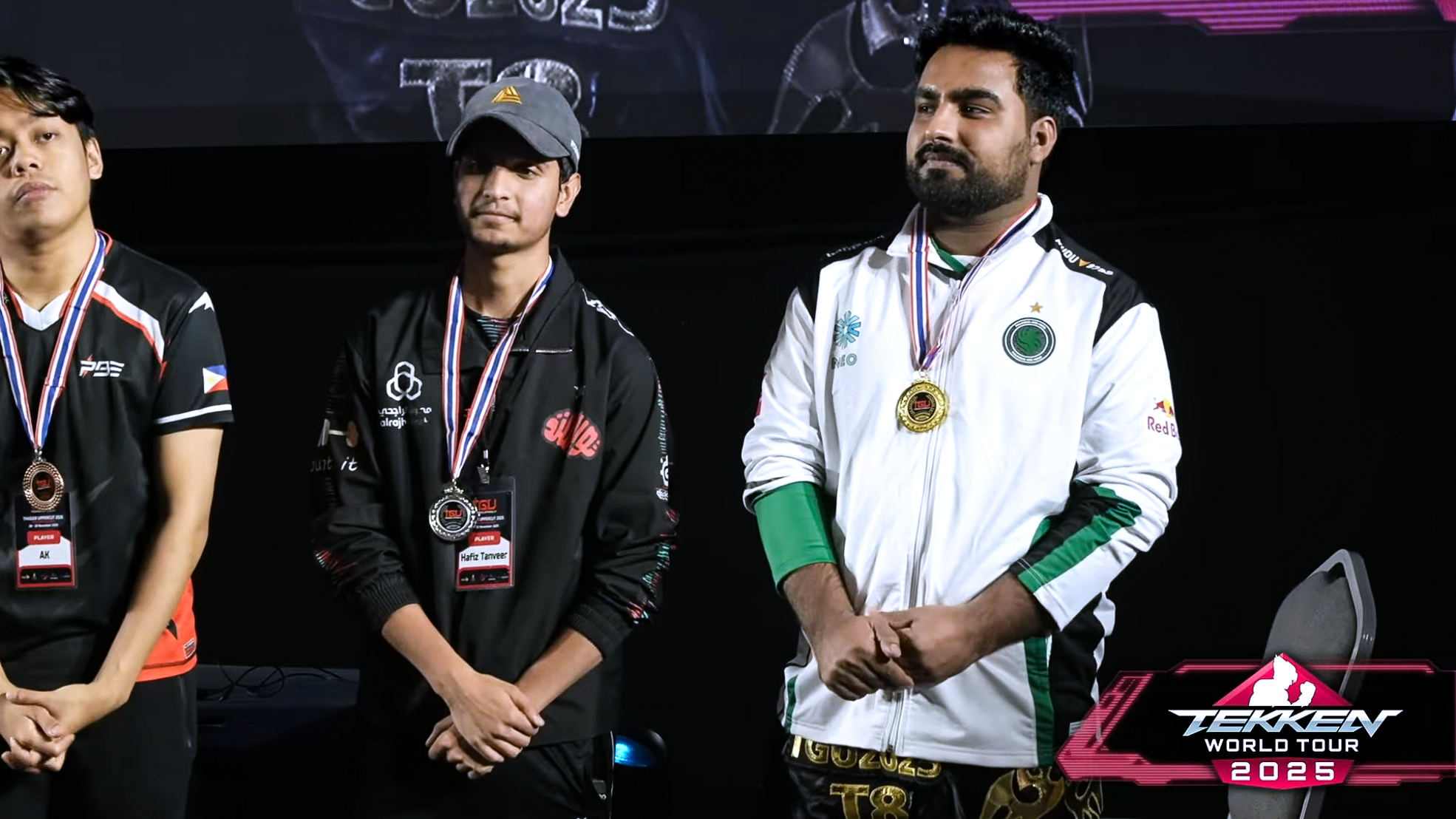
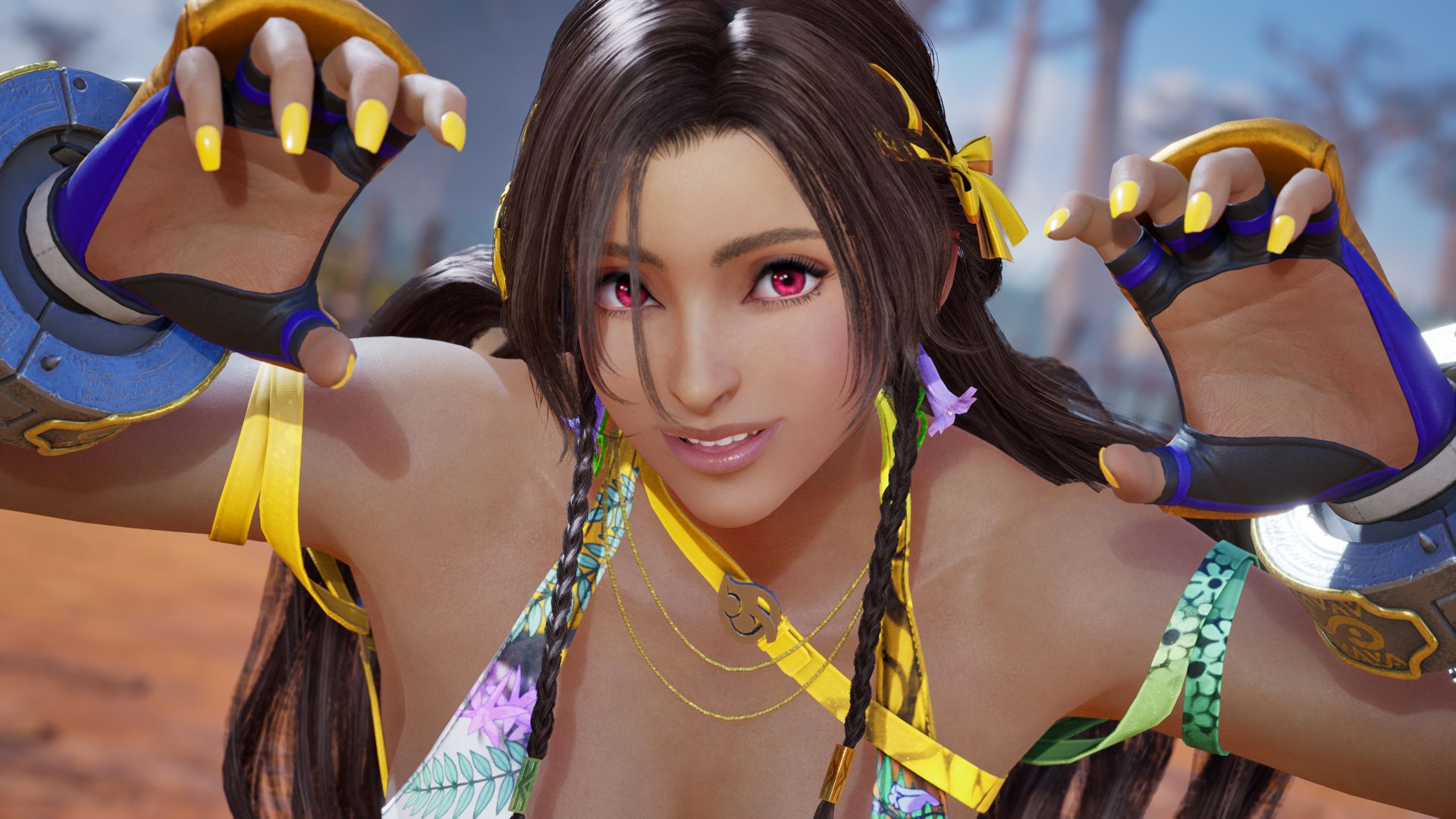
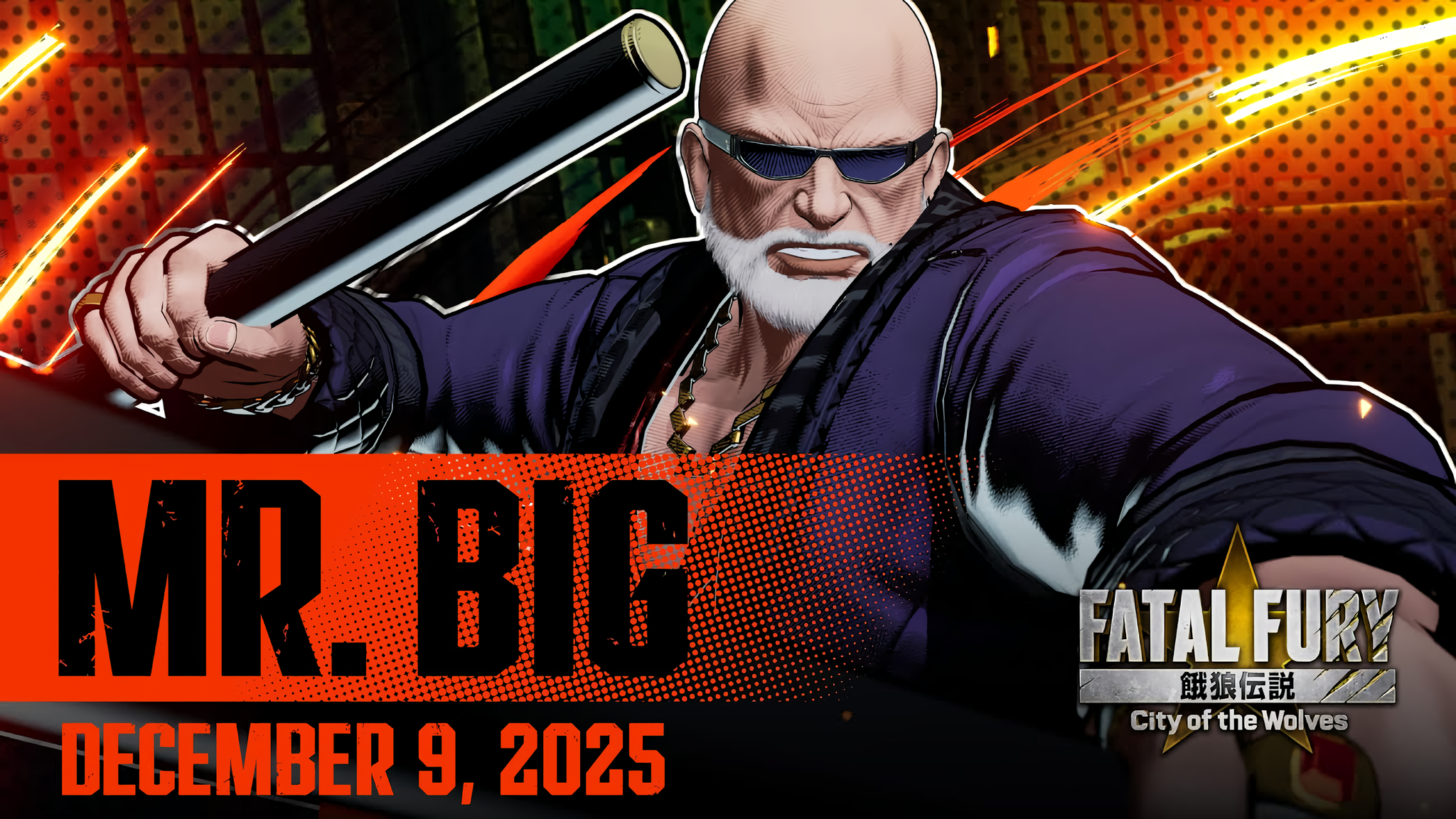
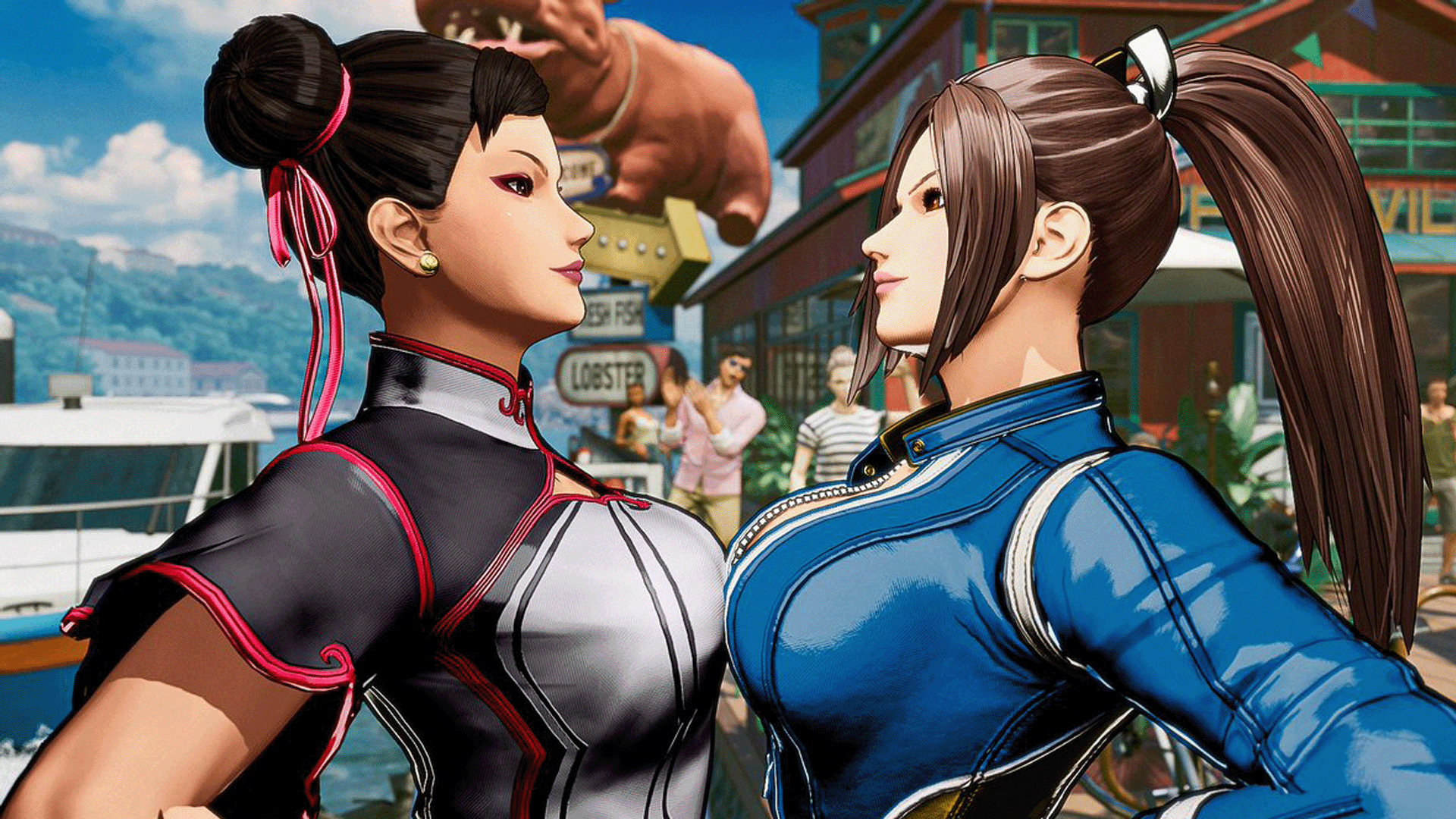
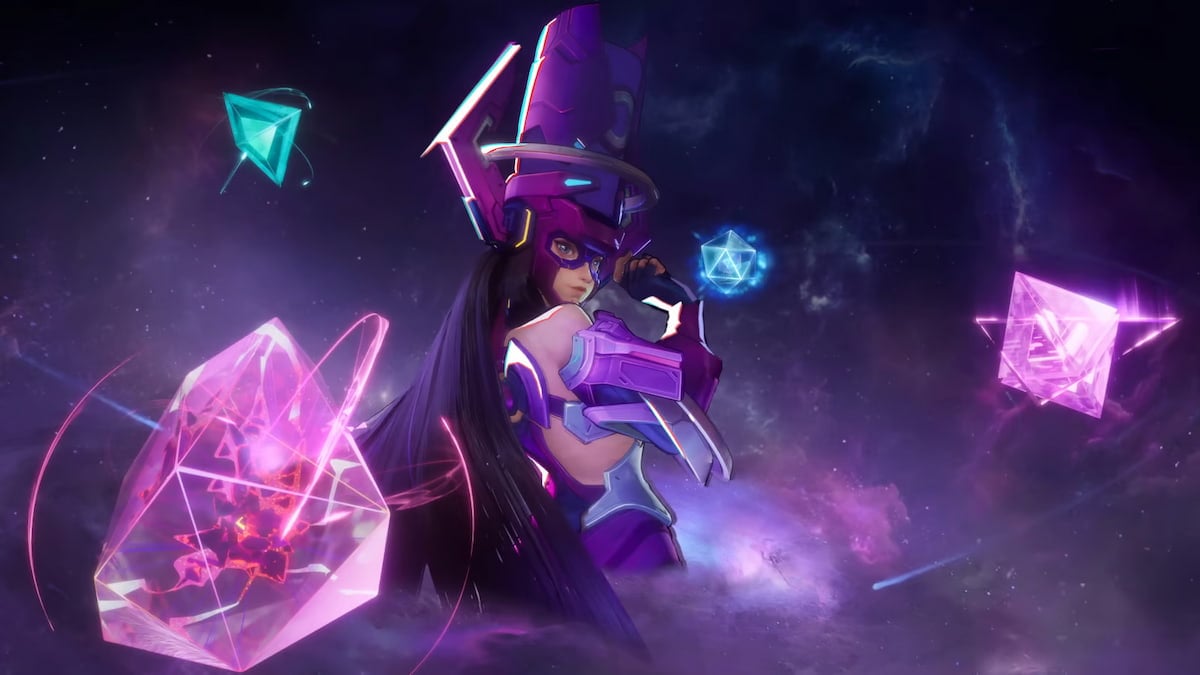

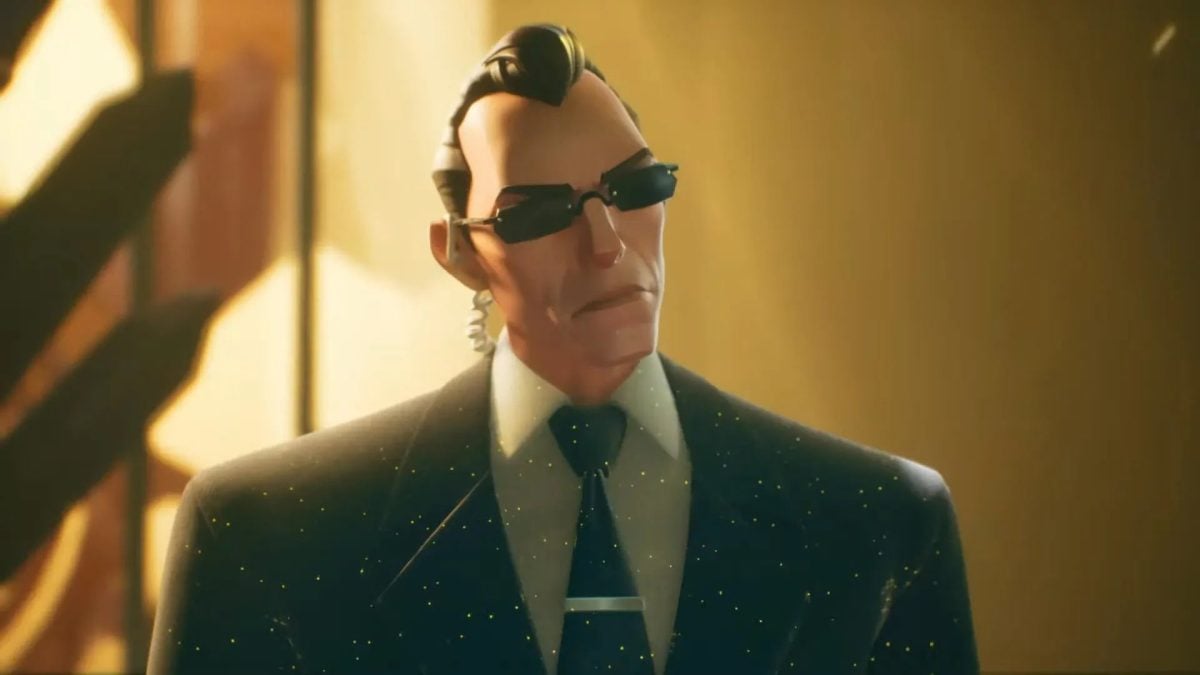

Published: Aug 26, 2018 09:32 am